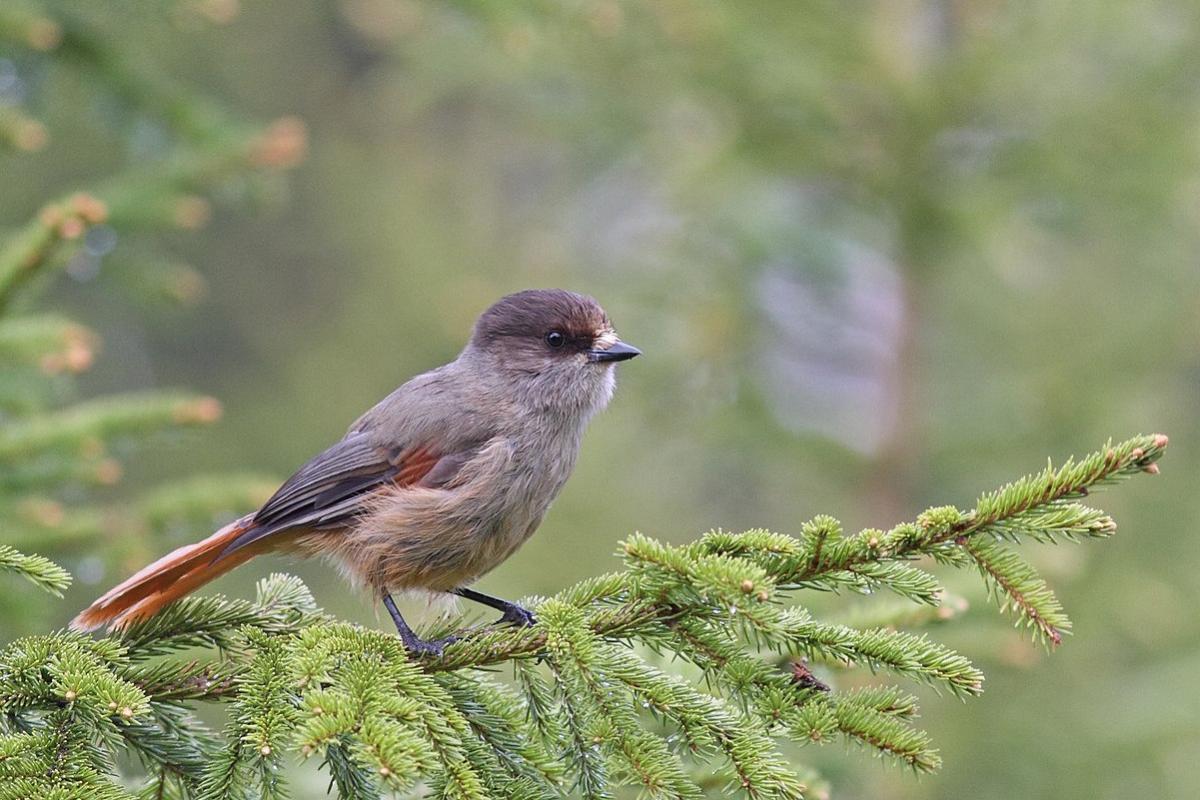D: Yaël, last week I went to a family reunion. I could recognize lots of familiar relatives, but there were others I had never seen before.
Y: Other animals learn to recognize their relatives by familiarity too. They learn the traits of their siblings or offspring when they interact with them, and treat strangers as non‑relatives.
D: But that could lead to mistakes. If you switched a bird's own chick with an unrelated chick right after hatching, before the mother became familiar with it, it would raise the unrelated chick as its own.
Y: You're right Don, and that's usually what actually happens.
D: So are there any animals that can really tell who their relatives are, even when they aren't familiar?
Y: Yes there are. In 2015, a team of European biologists published evidence that Siberian jays can distinguish relatives they've never seen before. These birds are scavengers that gather at carcasses. They share this food with relatives and chase others away. Their territories can include immigrants that are unfamiliar and may vary in relatedness.
D: If the scientists put out food, they could see who the birds shared with and who they chased away. They would need to label the birds so they could recognize new immigrants and do DNA testing to figure out how closely related the immigrants were to the resident birds.
Y: They did all that, and showed that jays can make fine distinctions among degrees of relatedness, even when dealing with an immigrant stranger. But the jay's remarkable abilities weren't consistent. The same birds were still fooled when the scientists mixed up their chicks.
D: Recognizing relatives is hard, even for humans.









